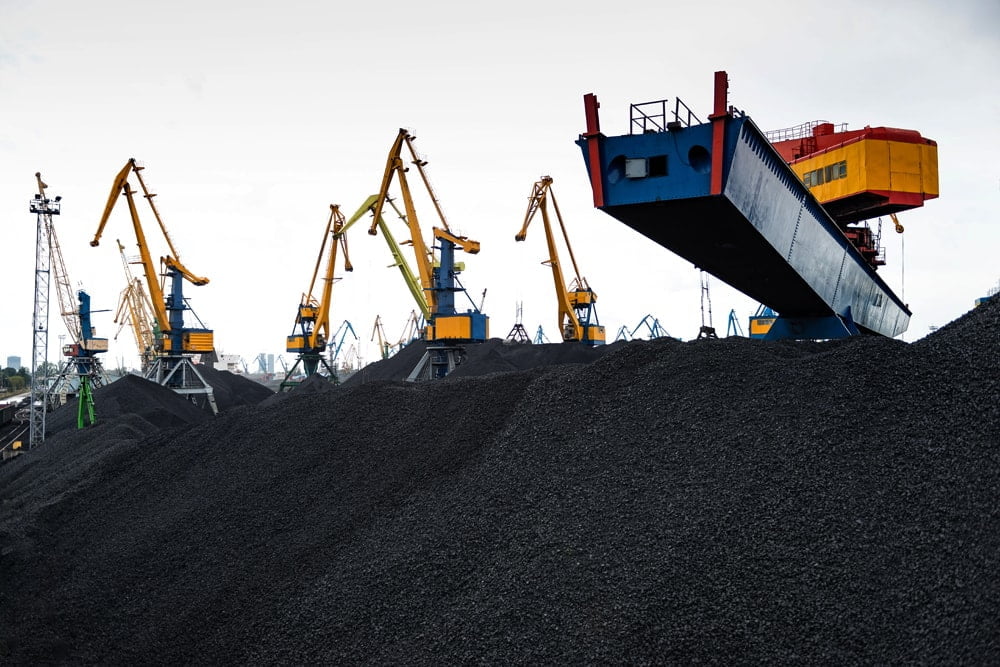How Conveyor Skirting Can Improve Material Handling?
If you’re looking to ramp up the efficiency of your conveyor system, then you may want to take a look at conveyor skirting. Conveyor skirting is a type of product that prevents dust and other small particles from escaping the conveyor system. The skirting is usually made out of rubber and is fastened to the beltline via mechanical grips to create a good seal. Aside from dust sealing, conveyor skirting also acts as a barrier between the belt and conveyor structure to prevent stray particles from becoming lodged underneath it.
There are plenty of benefits to using conveyor skirting and it’s definitely a surefire way to improve your material handling operations. This article will discuss everything you need to know about conveyor skirting and why you should consider installing one in your conveyor system.

How conveyor skirting works
As the material enters the top of the chute, some particles end up converting into dust particles. Over time, dust can accumulate and contribute to faster equipment wear, frequent maintenance, product wastage, and the like. This is where conveyor skirting comes into play. By creating a seal that traps small particles, the efficiency of the conveyor system is increased. It also maintains a safe work environment for the employees and reduces cleanup costs over the long term.
Unrefined mineral ores and bulkier materials are some examples of products that can break off and turn into dust as they fall. Even finer materials like sugar, salt, sand, and wood chips can also be preserved with conveyor skirting to limit product wastage. Conveyor operators who handle materials like these will find that conveyor skirting does more than just control material spillage. Let’s take a look at the other benefits of what this product has to offer.
Benefits of using conveyor skirting
- Suppression of dust
The main reason for installing conveyor skirting is to suppress dust. Dust can pose a significant threat to the staff’s health and cause respiratory problems, eye irritation, allergic reactions, and more. If the area is poorly contained and dust is left to accumulate, the dust particles can contribute to low visibility and increase the likelihood of serious injury. When used with other dust suppression systems like a spray bar, conveyor skirting can drastically reduce the dust count near conveyor systems. It’s the perfect preventative measure for containing dust particles as soon as the material enters the chute.
- Reduces material wastage
In a near-perfect scenario, most conveyor operators would love to have 100% of the conveyed materials arrive at their destination point. But due to several factors like incline angle, conveyor speed, idler type (troughed or flat), and material consistency, not all of the products reach their intended landing spot. Conveyor skirting can help limit the amount of material wastage by preventing spillage and containing airborne materials, thus making it an effective cost-reduction strategy.
- Minimizes conveyor belt damage
Conveyor skirting can help prolong the lifespan of the conveyor belt by minimising the amount of material that becomes lodged underneath it. Materials that get caught between the belt and rollers can cause sidetracking and lead to problems like material spillover and increased belt wear. Installing conveyor skirting is a great preventative measure for limiting conveyor belt damage due to material buildup.
- Reduces cleanup costs
Material buildup, spillage, and dust pollution require regular cleaning to ensure the conveyor system runs as smooth as possible. Over time, these costs can quickly add up especially if you don’t have a dust suppression system in place. With conveyor skirting, the amount of dust buildup is minimised which translates into reduced cleaning labour. Conveyor skirting can also limit the risk of system shutdowns and downtime due to machine failure.
- Increased efficiency from conveyor systems
Conveyor skirting offers big improvements from an efficiency standpoint. When the conveyor system is running smoothly and the operators are working in a safe environment, high product yield is the most likely outcome. This leads to a more efficient material handling overall with less time is spent on repairs and maintenance. From there, the conserved resources can be used to further improve the performance of the equipment.


